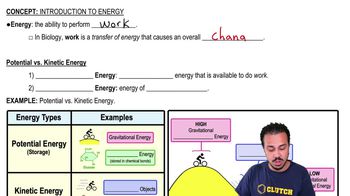Which of the following reactions produces the most molecules of ATP during aerobic metabolism?
a. glucose → glucose 6-phosphate
b. phosphoenolpyruvic acid → pyruvic acid
c. glucose → pyruvic acid
d. acetyl CoA → CO₂ + H₂O
e. succinic acid → fumaric acid



